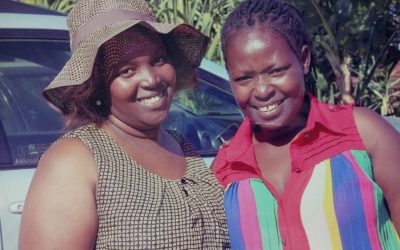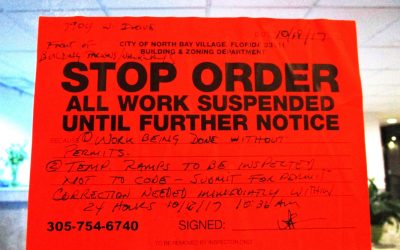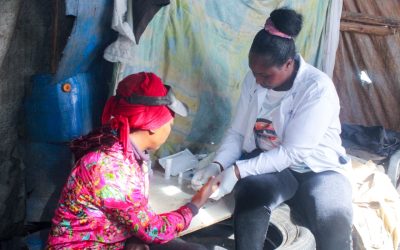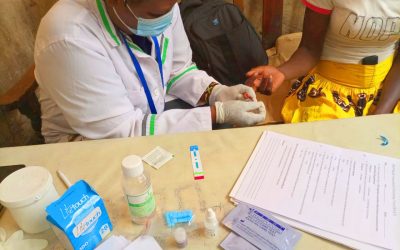Bar Hostess Empowerment and Support Programme (BHESP) has trained 150 peer educators on key populations size estimation and mapping in order to better plan HIV prevention interventions.
The 2-day sensitization training, that was held at Blue Springs Hotel, equipped peer educators with the knowledge to identify behavioral risk factors among female sex workers and their clients.
“I have now understood the need to identify where risk takes place and how many people are engaged in risky behaviors at these spots so that as a peer educator I can target them with HIV prevention services,” said Justina*, a peer educator.
On her part Isabella*, an outreach worker said the sensitization training was very informative explaining that she is now ready for the rollout of the remapping exercise.
According to National Aids and STIs Control Programme (NASCOP), Kenya conducted comprehensive mapping and estimation in 2012 covering 32/47 counties using programmatic mapping approach that revealed Kenya has an estimated 133,675 female sex workers.
NASCOP emphasizes the need for remapping and estimation of key populations in 2017/18 in order to understand changes in the landscape and population in the last 5 years and collect new information about key populations.
“The process will help in validating the hotspots already mapped and programmed for, finding new hotspots where risk takes place and revising the estimates of people engaging in risk in those particular hotspots,” elaborated BHESP’s Project Officer Laveria Wanja.
On his part, Embakasi West Subcounty AIDS and STI Coordinator (SCASCO) Edwin Mwangi, who supervised the sensitization training, said the remapping exercise will help in prioritizing for scale up and understanding funding gap at the county level.
“We will work closely with BHESP towards the ensuring that the process is a success and will assist in getting a more refined estimate aggregated from the hotspots,” Mwangi concluded.






